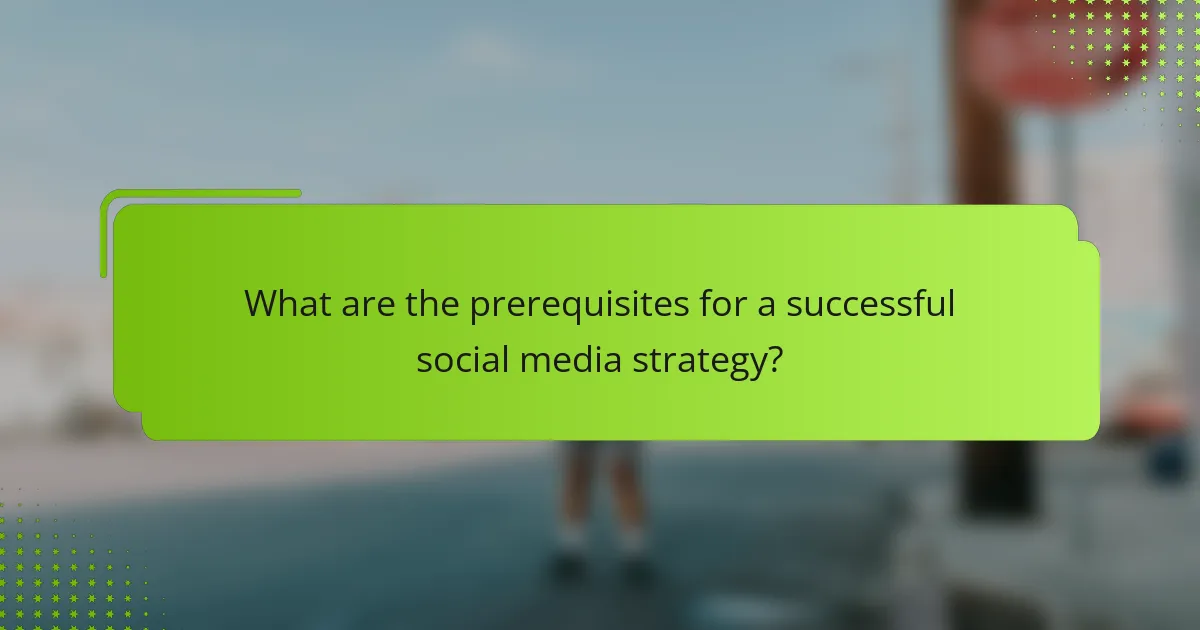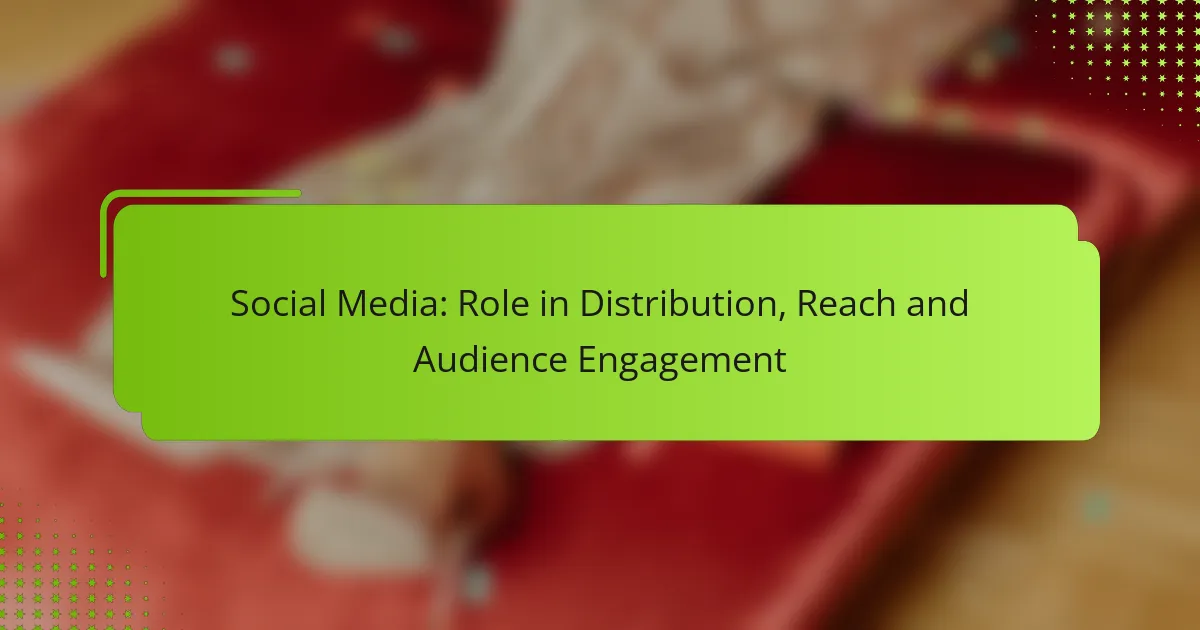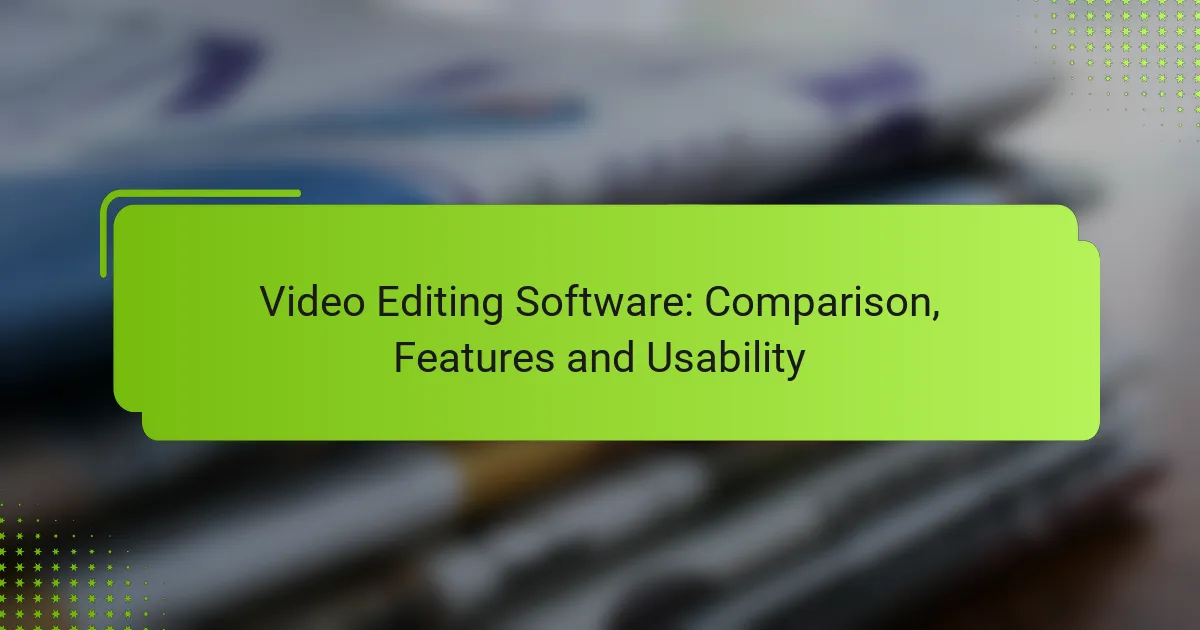Social media plays a crucial role in the distribution and reach of content, enabling brands to connect with their audience in real-time. By employing targeted strategies, companies can enhance audience engagement and foster community connections, creating a dynamic environment for interaction. Additionally, analytics tools allow brands to measure their reach and understand audience behavior, optimizing their approach for greater visibility and impact.

How does social media enhance audience engagement?
Social media enhances audience engagement by facilitating direct interaction and fostering community connections. It allows brands to communicate with their audience in real-time, creating a dynamic environment where feedback and content can flow freely.
Increased interaction through comments and shares
Social media platforms enable users to comment on and share content easily, which boosts interaction levels. When a user shares a post, it can reach a wider audience, inviting more comments and discussions. This organic sharing can significantly amplify a brand’s visibility and engagement.
Encouraging users to comment and share can be achieved through compelling calls to action, such as asking questions or prompting users to share their experiences. Brands should monitor these interactions to respond promptly, fostering a sense of community.
Real-time feedback and communication
Real-time feedback is a crucial aspect of audience engagement on social media. Brands can quickly gauge audience reactions to their content, products, or services, allowing for immediate adjustments. This responsiveness can enhance customer satisfaction and loyalty.
Utilizing features like polls, live videos, or Q&A sessions can facilitate direct communication with the audience. Brands should actively engage with comments and messages to create a two-way dialogue, making followers feel valued and heard.
Personalized content delivery
Social media allows for personalized content delivery based on user preferences, behaviors, and demographics. Algorithms analyze user data to show relevant content, increasing the likelihood of engagement. This tailored approach can lead to higher conversion rates and brand loyalty.
To maximize personalized engagement, brands should segment their audience and create targeted content. Utilizing tools for audience insights can help identify trends and preferences, ensuring that the content resonates with specific groups effectively.

What are effective social media distribution strategies?
Effective social media distribution strategies focus on maximizing reach and engagement by utilizing targeted content and advertising methods. These strategies help brands connect with their audience more efficiently and can significantly enhance visibility across platforms.
Utilizing targeted ads on Facebook
Targeted ads on Facebook allow businesses to reach specific demographics based on interests, behaviors, and location. By defining your audience, you can tailor your message to resonate with potential customers, increasing the likelihood of engagement.
Consider using Facebook’s Ads Manager to create campaigns that align with your goals, whether it’s brand awareness, lead generation, or sales. A/B testing different ad formats and messages can help identify what works best for your audience.
Leveraging Instagram Stories for promotions
Instagram Stories provide a dynamic way to engage users with time-sensitive promotions and behind-the-scenes content. These short, ephemeral posts can drive immediate action, such as visiting a website or making a purchase.
Utilize features like polls, questions, and countdowns to increase interaction. Aim to post regularly, as consistency can enhance visibility and keep your brand top-of-mind for followers.
Collaborating with influencers
Collaborating with influencers can amplify your brand’s reach and credibility. Influencers have established trust with their followers, making their endorsements valuable for promoting products or services.
When selecting influencers, consider their audience demographics and engagement rates to ensure alignment with your target market. Establish clear expectations and creative freedom to allow authentic promotion that resonates with their followers.

How can brands measure social media reach?
Brands can measure social media reach by analyzing various metrics that indicate how many users have seen their content. This involves using analytics tools, tracking engagement metrics, and monitoring audience growth over time.
Analytics tools like Hootsuite
Analytics tools such as Hootsuite provide comprehensive insights into social media performance. These platforms allow brands to track reach, engagement, and audience demographics across multiple social media channels in one place.
Using Hootsuite, brands can generate reports that highlight key performance indicators (KPIs), enabling them to adjust their strategies based on real-time data. This can help identify which content resonates most with their audience.
Engagement metrics and impressions
Engagement metrics, including likes, shares, comments, and impressions, are crucial for understanding social media reach. Impressions indicate how many times content has been displayed, while engagement metrics show how users interact with that content.
Brands should focus on both types of metrics to gauge the effectiveness of their posts. A high number of impressions with low engagement may suggest that the content is not resonating, while high engagement rates indicate strong audience interest.
Audience growth tracking
Tracking audience growth is essential for measuring social media reach over time. Brands should monitor their follower count and analyze trends to understand how their reach is expanding or contracting.
Regularly assessing audience growth can help brands identify successful campaigns and areas needing improvement. Setting specific growth targets, such as increasing followers by a certain percentage each month, can provide clear goals for social media strategies.

What role does content type play in social media success?
The type of content shared on social media significantly influences its success in terms of audience reach and engagement. Different formats resonate with users in unique ways, affecting how well the content is received and shared.
Video content drives higher engagement
Video content is known to capture attention more effectively than static images or text. Platforms like Instagram and TikTok prioritize video, often resulting in higher engagement rates, with users spending more time interacting with this format.
Consider creating short, compelling videos that convey your message quickly. Aim for videos that are under two minutes to maintain viewer interest, and include captions for accessibility, as many users watch videos without sound.
Infographics for shareability
Infographics combine visuals and information, making complex data easy to digest and share. They are particularly effective for conveying statistics or processes, leading to higher share rates compared to traditional text posts.
When designing infographics, focus on clarity and aesthetics. Use a clean layout, consistent color schemes, and concise text to enhance readability. Aim for infographics that are easily shareable across platforms, ideally in a format that maintains quality when resized.
Live streaming for real-time interaction
Live streaming allows brands to engage with their audience in real time, fostering a sense of community and immediacy. This format encourages interaction through comments and questions, making viewers feel more connected to the content and the creator.
To maximize the impact of live streams, promote them in advance and choose a time that aligns with your audience’s availability. Keep sessions interactive by responding to comments and encouraging viewer participation, which can significantly enhance viewer retention and satisfaction.

What are the prerequisites for a successful social media strategy?
A successful social media strategy requires a clear understanding of your target audience and a well-defined brand voice. These elements ensure that your content resonates with users and fosters engagement.
Clear target audience identification
Identifying your target audience is crucial for tailoring your social media efforts. Start by analyzing demographics such as age, gender, location, and interests to create a detailed audience profile. This information helps in crafting content that appeals directly to your intended users.
Utilize tools like social media analytics and surveys to gather insights about your audience’s preferences and behaviors. Regularly revisiting and updating your audience profile can keep your strategy relevant as trends and user interests evolve.
Defined brand voice and messaging
A defined brand voice is essential for consistency across all social media platforms. Your messaging should reflect your brand’s values and personality, whether it’s professional, casual, or playful. This consistency helps build trust and recognition among your audience.
To establish your brand voice, create guidelines that outline tone, language, and style. Consider how your messaging can adapt to different platforms while maintaining core elements. Regularly review and refine your messaging to ensure it aligns with your audience’s expectations and current trends.


